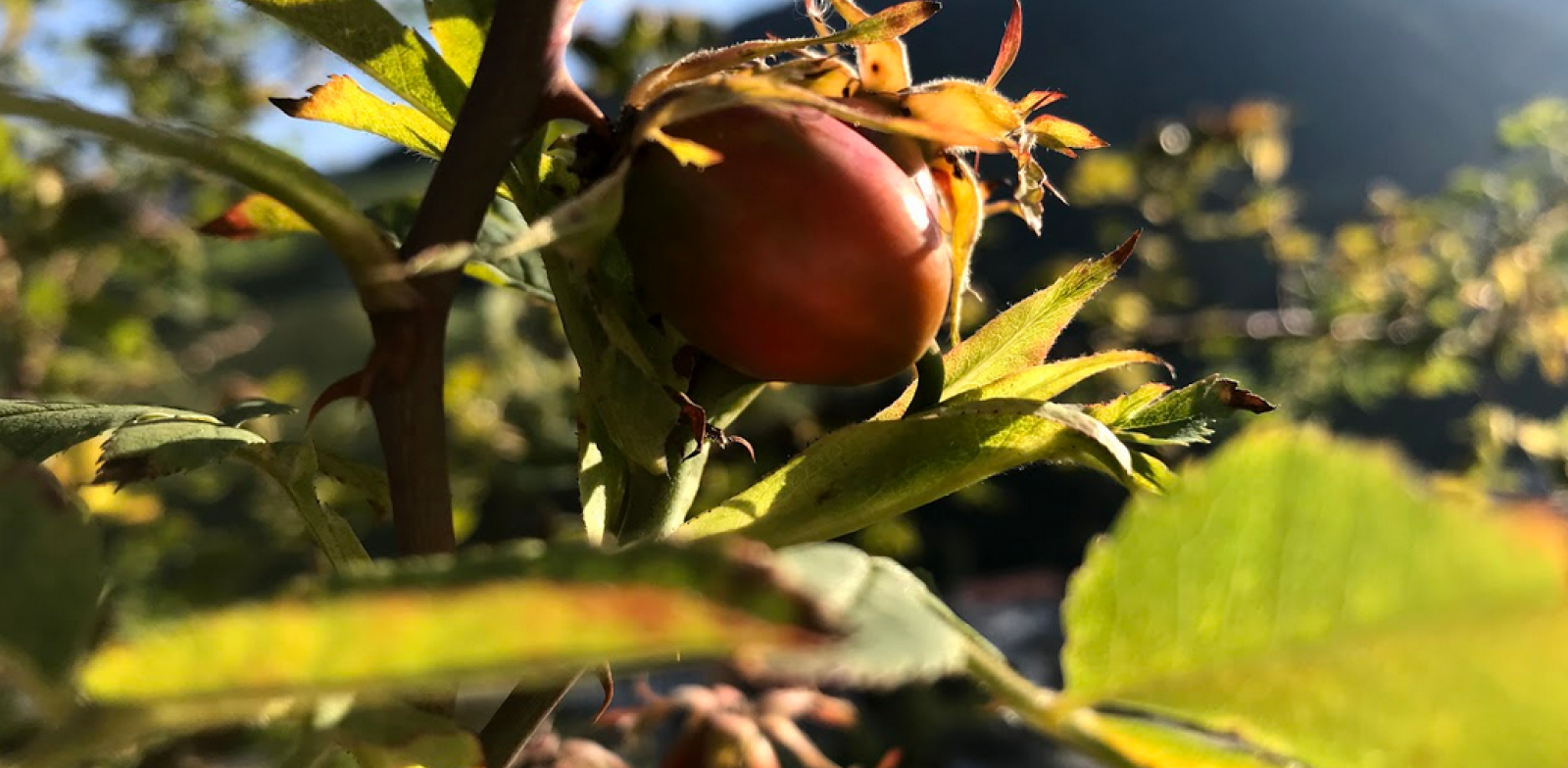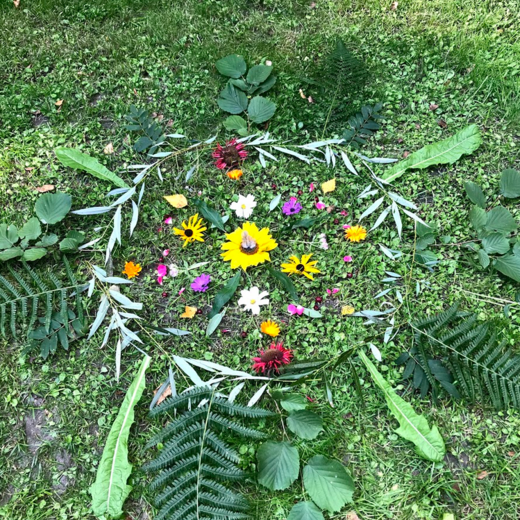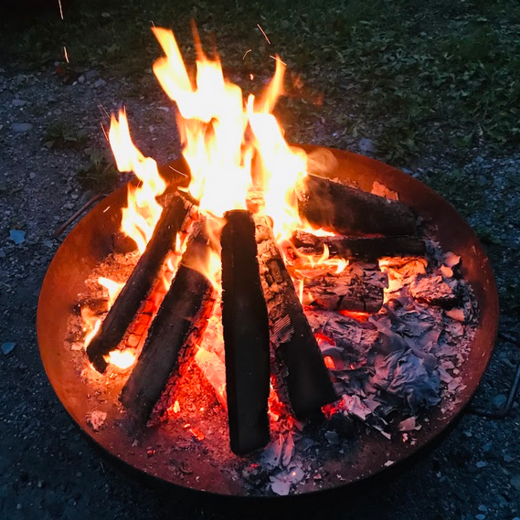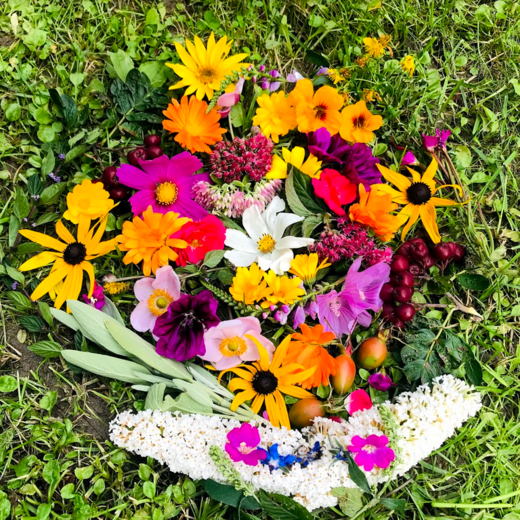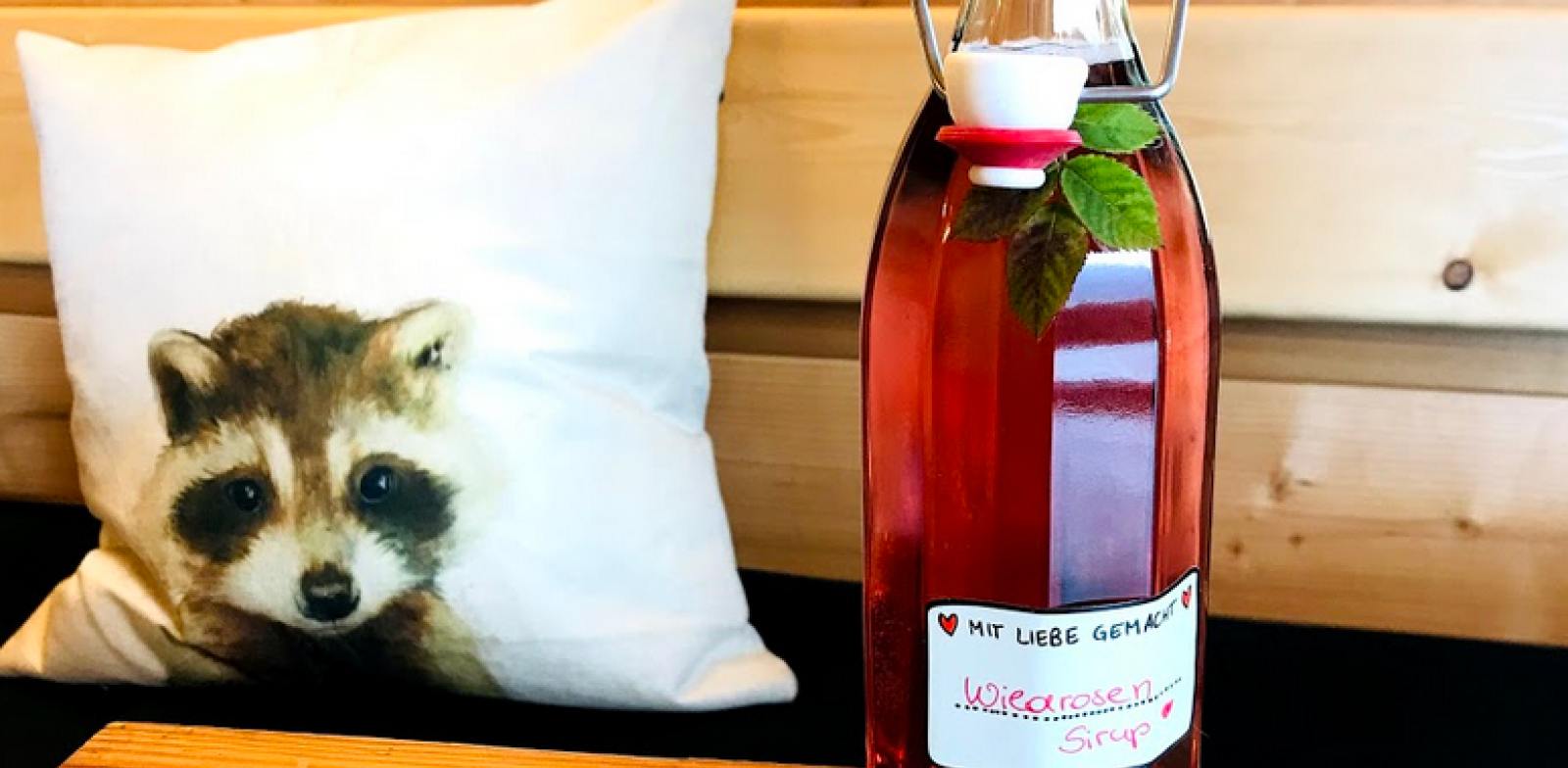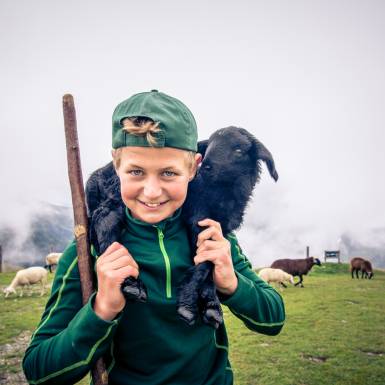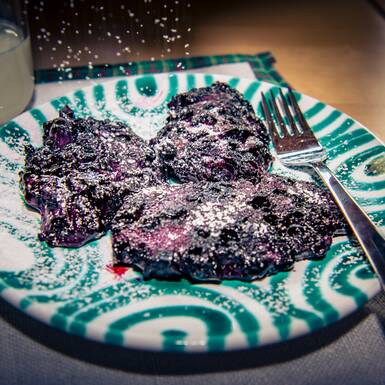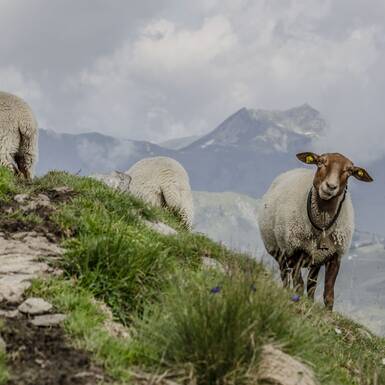- Traditions
Glemmtal traditions - Harvest Thanksgiving
Various annual festivals such as the Assumption of Mary, Whitsun or Thanksgiving are still celebrated, befitting the season. They are among the most popular calendar fixtures for locals and guests alike. Thanksgiving, which dates to Mabon - the "autumnal equinox" - is just around the corner!
Thanksgiving - the origins
Among the European forest folk such as the Celts and Germanic tribes, " Thanksgiving Festivals" were essential to the culture. Life was viewed holistically. It was important to worship goddesses and gods, be respectful of nature’s gifts, and be grateful for the offerings received.
"Mabon" was celebrated as the beginning of the darker half of the year. Day and night are of equal duration, there is a sense of complete equilibrium. The festival’s focus was to give thanks for the harvest and to honour all the powers involved. Different offerings were considered a counterbalance - the balance between giving and taking had to be consistently maintained.
People lit fires, made wreaths, created flower decorations, and shared the harvest they had gathered with Mother Earth, the elements, animals, plants.
In the past, the various festivals were timed according to the signs of nature. The vegetation, the moon, the stars, and the sun all influenced the dates. Today, these days are fixed in the calendar, and the autumn equinox falls on 22, 23 or 24 September.
Traditional customs and farming practices at harvest time
Almabtrieb (driving down the cattle from the Alpine pastures)
Cows, goats, horses, and sheep are driven back down into the valley from the Alpine pastures. The importance of this custom differs depending on the region. If the summer in the Alpine pastures has gone well, the weather had been kind, and all the animals left the mountains safe and sound, they are decorated with beautiful flower wreaths and floral arrangements.
Indian summer
The word "Weiber" in this context has its origin not in the word "Weib" for "woman" as is often assumed, but in "weaving". Women worked in the house during the dark season - weaving, spinning, sewing, mending, and embroidering. The spinning of threads was initially associated with the "weaving of fate". So it is said that in the evening hours "Holla", the goddess who spins the threads of people's lives, worked together with the women in the parlours.
In previous times, there were only two harvests per year. After the second, the "groamad" in autumn, the storerooms were full, and it was time for the typical harvest festival.
Well-known farmer's rules at this time:
- Warm and dry September moon
abundantly rewarded with many fruits.
- When there's thunder and lightning in September,
There's a late blossom.
- Autumn that is bright and clear
is good for the coming year.
(Old knowledge - Heidi Brunner)
Thanksgiving - in the Christian faith
The Harvest Festival is an integral part of the annual calendar in the predominantly Roman Catholic church life of the Glemmtal. The parish church, dedicated to St. Nicholas and St. Bartholomew, was first documented in 1350. It is the centre of the Harvest Festival, which is celebrated magnificently every year. The various associations contribute to the festive atmosphere with their traditional costumes. A procession takes place in Saalbach as part of the service. Afterwards, people eat, celebrate, and enjoy regional specialities and Pinzgau delicacies together. The "Glemmer Bäuerinnen" bake delicious "Bladl" on the square in front of the church, which is particularly popular with locals. The proceeds are donated to a charitable cause.
Date 2021: 26 September, 10:30 a.m. - Harvest Festival with a procession.
(No subsequent feast this year due to the COVID situation).
A traditional recipe to make rosehip liqueur
Rose hips (also called wild roses in Pinzgau) grow in varying locations throughout the Glemmtal. They are said to have an immune-boosting, pain-relieving and positive effect on the stomach and intestinal tract when prepared correctly.
For the wild rose liqueur:
Cut two handfuls of fresh rose hips in half and put them in a large glass. Add a stick of cinnamon, a few cloves, a vanilla pod, and 150 g rock sugar, pour in 750 ml vodka and leave to stand for at least 6 weeks. Then strain and store refrigerated and in a dark place.
Cheers - to good health and beautiful autumn!

